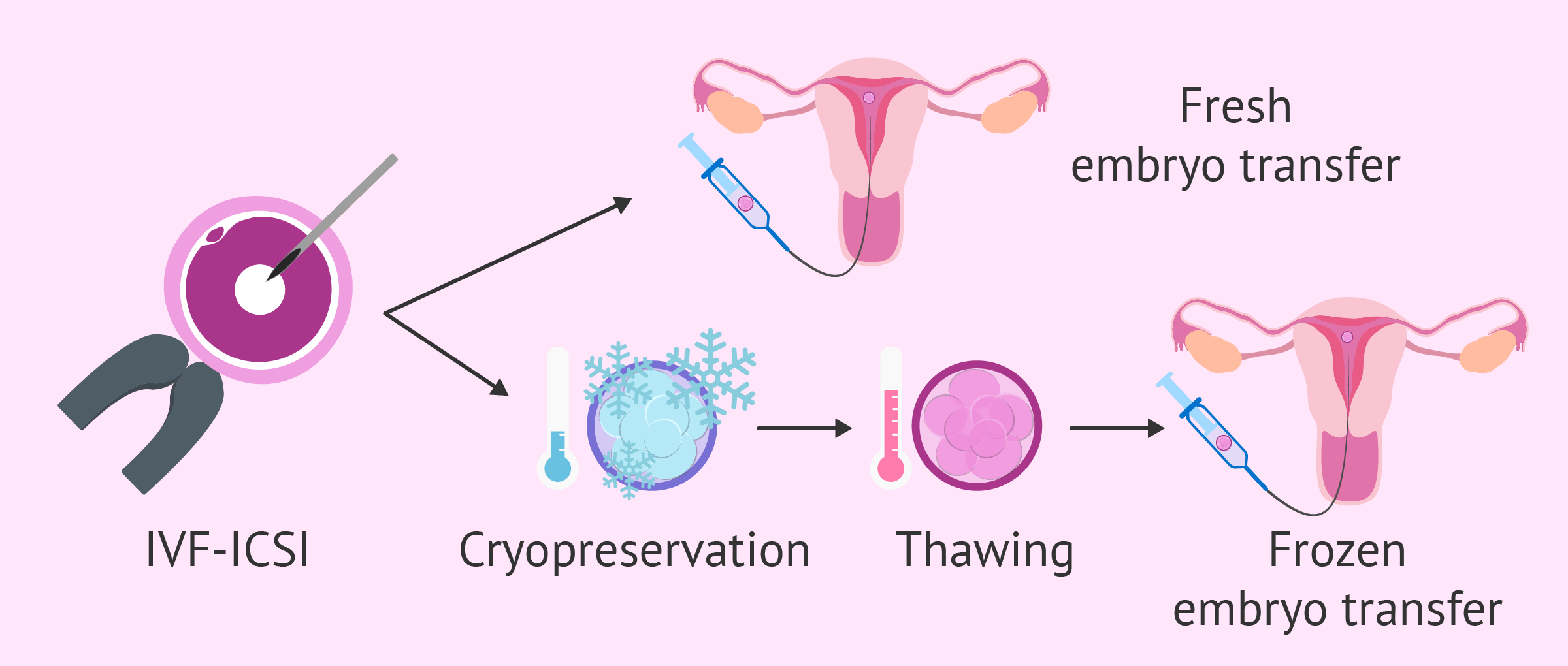Is Frozen-Thawed Embryo Transfer Associated with Increased Cancer Risk?
Assisted reproductive technologies (ART) have become increasingly sophisticated in recent years and have helped many couples struggling with infertility to realize their wish to have children. However, the latest study from researchers at the University of Gothenburg in Sweden found that children born by frozen-thawed embryo transfer (FET) are at higher risk of childhood cancer than those born after fresh embryo transfer and natural conception.
FET’s Growing Popularity Prompts Investigation
FET is an ART treatment in which fertilized embryos are first cryopreserved, then thawed and transferred into the female uterine cavity when needed, allowing women undergoing in-vitro fertilization (IVF) to have more than one chance of pregnancy.
According to the research paper recently published in the journal PLOS Medicine, the number of children born through FET technology is increasing worldwide. It has even exceeded the number of children born after a fresh embryo transfer in many countries. Previous studies have found that singletons born through FET have a higher incidence of fetal macrosomia (birth weight exceeding 4 kg), which is associated with an increased risk of childhood cancer. The research team, therefore, conducted a cohort study to investigate the possible relationship between FET technology and the risk of childhood cancer.

Drawing a Line Between FET and Increased Cancer Risk
The team collected medical data from nearly 8 million children in four Nordic countries (Denmark, Finland, Norway, and Sweden) spanning at least 20 years and used the Cox proportional hazards models to estimate the risk of developing any cancer in the study population before the age of 18. 171,774 children (2.2%) were born using ART, while 22,630 of them were born after using the FET technique.
The study found that the risk of cancer in children born with FET was roughly 1.6 to 1.7 times higher than in children born from fresh embryo transfer or spontaneous conception without any assistance from fertility treatments. This study found the most common types of cancer found in this study were leukemia and tumors affecting the central nervous system. It is noteworthy that the use of other types of ART did not significantly increase the risk of cancer in children.
Cautiously Interpreting the Study’s Results
The reason behind the higher cancer risk in children born using FET remains unclear. Christina Bergh, a co-author of the paper and Professor of Obstetrics and Gynecology at the University of Gothenburg, speculates that the freezing process itself may contribute to the risk and that chemicals used in the thawing process may also cause genetic changes that lead to tumors. In addition, endometrial factors may also be responsible. She also added that FET is still safe overall since only about 2 per 1,000 children born with FET developed cancer (compared to fewer than 1.5 in other categories) in this study, meaning that the absolute number is still very small and the increase in cancer risk is moderate.
The team also emphasized that these findings must be interpreted with caution since the number of children with cancer in the FET group was very small (only 48 cases) in spite of the large scale of the study population, the statistical strength of the analysis might be limited. Nevertheless, as the use of FET is gaining popularity worldwide, with more and more women using the freeze-all strategy (i.e., freezing the entire embryo cohort until the next natural cycle) without clear medical indications, these findings may arouse public concerns over FET. In this regard, the team believes that further research is required to investigate the potential association between this technique and the increased risk of childhood cancer and the biological mechanisms that may contribute to the risk.
©www.geneonline.com All rights reserved. Collaborate with us: service@geneonlineasia.com








